Performing data analysis using only spreadsheets can be a very repetitive and time-consuming task, but it doesn’t have to be that way anymore. Although spreadsheets are still useful, the majority of data processing, exploration, and analysis can be done efficiently and in half the time with programming languages like Python. The reason these data science tools for marketers should be fully learned, or at least have mastery of the basics, is because programming unlocks huge potential for marketing through its descriptive, exploratory, and predictive capabilities.
Quickly handling spreadsheets as data frames, intuitive methods for creating visualizations, and even the ability to automate daily processes are among the tasks you can do with programming languages, which is why they are so powerful. Knowing how to use these data science tools will also allow you to delve further into data where programs like Google Analytics leave off, as you will be able to use libraries for Predictive Analytics with algorithms like Linear Regression. Beyond that, the various methods for collecting data, controlling a web browser, and using scripts for automation are all tools that every marketer should learn to manipulate data science skills.
Here you will find a list of digital resources to find more about programming languages for data science as a marketer, tools to collect data on the web, platforms to save your programs, and a deeper dive into Python libraries with their most applications to unlock another layer in marketing.
List of Data Science Tools for Marketers:
SQL
Start with the one computer-based tool you can use to get your data: the Structured Query Language (SQL). This domain-specific programming language lets you issue declarative commands to communicate with a database and get the data you want. A marketing analyst needs to know how to use this to reduce the time spent filtering data in spreadsheets, and instead be able to get to a specific subset of data quickly.
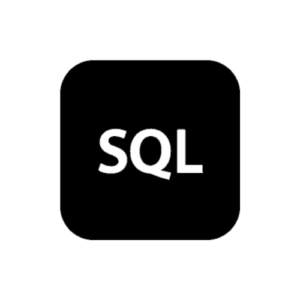
SAS
The statistical analysis system is another incredible resource as it handles all your data management and guarantees cutting-edge analytics with its machine learning and artificial intelligence modules. SAS also offers data visualization that ensures you can present your results quickly and thoroughly. This tool is different from R and Python as it is statistical software and not a programming language, but its long history as the top software for Data Science makes it a must-know. Having experience with this software will prove that you are an expert marketing analyst.
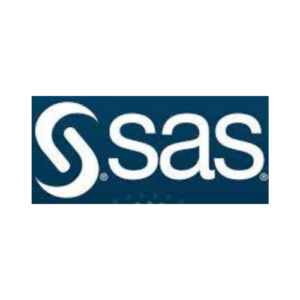
R
This next tool of statistical computing is considered one of the most widely used programming languages for Data Science. R offers an extensive collection of packages that allow users to extend the capabilities of the R programming language and adapt it to any problem accordingly. This free and open-source statistical software also has an incredible community that welcomes all new programmers by answering common questions in forums and allows the software to grow continuously through ongoing updates.

Python
Python is a high-level programming language whose simplicity and readability make it superior to all programming languages for Data Science. Python has a large number of libraries, similar to R, that allow you to find the right tools needed for a particular type of analysis. Python is essential for all marketers because the potential of the work that can be done is greater than the basic capabilities of Excel, so knowing how to program with Python will improve your skills. Here are some of the most useful libraries available that we think you will find useful.
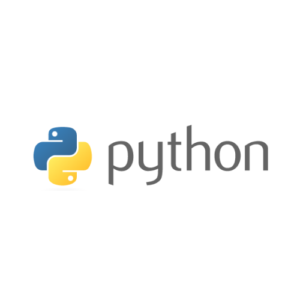
Pandas
One of the Holy Grails of data science specifically under the Python programming language is pandas and it has become really famous and useful just because of its versatility to tackle problems. It is the only concise library that contains all the basic tools to import data, prepare it for wrangling, and transform it as needed before analyzing it or using it for machine learning. Also, data frames, which are the equivalent of tables, are very handy because an entire column or text can be manipulated at once, rather than one at a time, as in Excel. The equivalent of vlookups here is just a combination of conditional statements within the data frames that apply to the entire column, so there does not have to be a formula in all the cells. This way we can select specific data we are looking for, and process it all in a single call, reducing the time it takes to do each of these actions.
From pd.read_csv(), We can use this function to load any CSV file, and usually this is the method used to go from Excel to python, by doing so you manipulate your data frame.

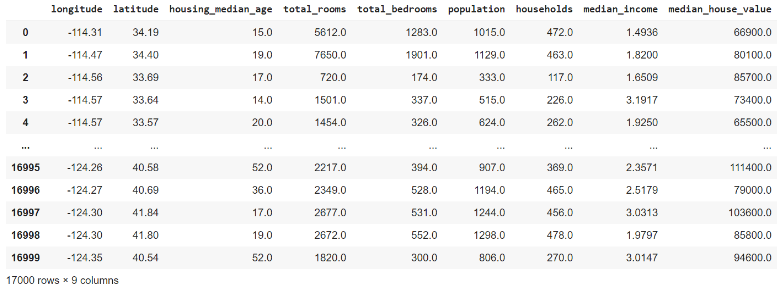
To get a brief description of what your dataset looks like, you can use .describe() to get some quick statistics such as mean, max, median, and more.


Although these are some basic functions, there are many other functions to further explore and transform your data, such as :
.head() – returns the top n number of rows,
.tail() – returns the bottom n number of rows,
.info() – returns a short summary of the data frame ,
.dtypes – returns the data type of each column,
.shape()- overall shape of the data frame (n,n) n rows , n columns ,
.sample() – returns a sample from the data frame,
.isnull().sum() = counts the number of null/NaN values,
.dropna – “drops” or deletes the rows with null/NaN values
Pandas can also be extended with its “str” method, which allows marketers to clean, split, or extract specific words or letters from a cell. This allows users to complete a time-consuming task in one simple line of code.
Numpy
Numpy is also a great package in the library to utilize as it provides all of the mathematical functions for linear algebra needed to apply these methods onto your columns and rows with ease. Handling everything as a NumPy array allows the library to perform all statistical and mathematical calculations efficiently. For instance, if you need a random sample, you can use the np.random.rand() to get a random sample within the range 0 to 1 excluding the 1. The only parameter, or input for the function, is the size of the matrix that you need, for example (2,2) would return an array with 2 rows and 2 columns. But most importantly, NumPy allows you to mathematize your data, and will often help you get started with your statistical methods for prediction.
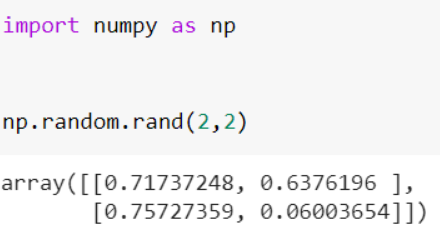
Seaborn, Matplotlib
The Seaborn and Matplotlib libraries are incredibly useful in helping to create beautiful visualizations, with intuitive names for functions to graphically display your desired data. These libraries offer many options for the type of plot, such as histograms, box plots, scatter plots, and allow stacked plotting, which allows you to plot a regression line in a scatter plot, for example. Seaborn is still in its early stages, as this library was only launched in 2017, but it is superior with its appealing visualizations and quick ways to apply predictive analytics directly from the plot call function. These libraries are a must for all marketers looking to use data science, since summarizing results from machine learning applications will require easy to grasp visualizations and that is exactly what “sns” and “plt” offer.
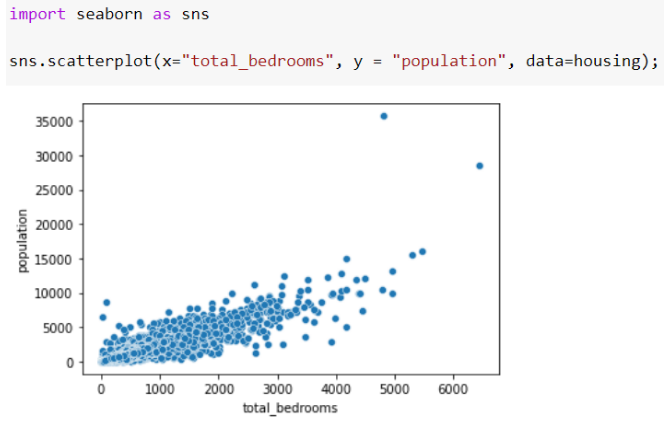
Scikit-learn
Perhaps the most important tools in this list are located within this library. Sci-kit learn is a machine learning library that contains many unsupervised and supervised algorithms, such as logistic regression, Rand Forest Classification, and K-means clustering. With this robust library, you can perform all your predictive analytics and it also helps you with the entire scientific process as it also has tools to separate training, testing, and validation data.
Here are some of the most useful tools from sklearn:
sklearn.linear_model.LinearRegression()
sklearn.neighbors.NearestNeighbors()
sklearn.cluster.KMeans()
sklearn.model_selection.train_test_split()
sklearn.metrics.accuracy_score()
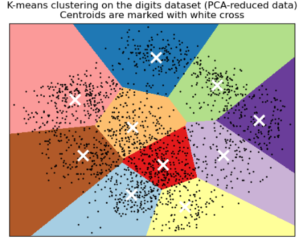
As you can see, the library provides amazing machine learning tools, and all it takes is knowing the keywords to call the algorithm you need. Every marketer should learn to use this library, and remember that every answer to their questions can be found in the library’s documentation.
NLTK
The Natural Language ToolKit (NLTK) is a platform built in the Python language that provides a rich implementation of natural language processing tools for classification, tokenization, parsing, and more. This tool can quickly prove useful as it can be used for sentiment analysis of social media responses, email responses, reviews, and any other customer feedback from which the algorithm can gain insights into how satisfied customers are with your company’s current performance.
BeautifulSoup, Scrapy
Marketers need solutions when there is no easy way to collect data, there is no API, or there is no database for specific data to collect. Web scraping is the process of pulling data from online sites. It is common to use some programs to extract the desired information from the desired websites, and the most popular libraries in the Python programming language to do so are BeautifulSoup and Scrapy. BeautifulSoup can be an incredible resource if you’re trying to gather raw data from the internet, as it helps you get all the content from the website, load it, and then clean it up to get the specific text you’re looking for. Similarly, Scrapy is an application that allows you to not only data-mine online like BeautifulSoup, but you can also extract data via APIs, and work as a web crawler that automates the process of data collection. Having a working knowledge of these libraries will guarantee you information, and consequently insight on this data.
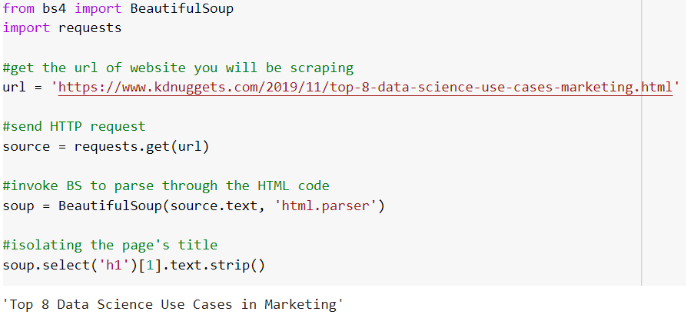
Selenium
Using the same idea of online data mining, you can use Selenium to automate behavior in a web browser, such as clicking certain areas on a web page or filling in the login information. This tool comes in handy if a marketer wants to automate the process of going to a specific website and downloading its data in specific time frames. This digital tool will also allow you to automate the authentication process, as it is able to enter your login and password if required. In combination with BeautifulSoup, Selenium can be used within scripts and run on demand to control the web browser, click into the right areas, and provide accurate credentials to collect the required information instantly. This is one of the many use cases for Selenium, but there are many other applications such as filling out online forms, testing websites, and overall completing any simple web-based task.
Tweepy
Twepy is a python library that specializes in creating easy access to the Twitter API. Marketers can use this package to handle all of the hard tasks required to pull the data from Twitter, and it enables marketers to create bot accounts that can post, and delete tweets, and follow and unfollow other accounts. Although not every marketing company might be active on Twitter, this tool encourages you to further extend your social media presence on Twitter as it will help you analyze all of your Twitter data.
Google Colab
Like all good marketing practices, you need an efficient environment to get your work done, and this is no exception when it comes to programming with Python. There needs to be an interface that can handle loading data, transforming it, and most importantly, analyzing or creating your algorithm. Integrated development environments (IDEs) are very useful because we can create programs, run specific scripts on demand, and simply put, do all your data science work in a stable atmosphere. Google Colaboratory (Colab) is a relatively new web IDE for Python that provides free cloud storage for your programs and was created to facilitate Machine Learning activities. Google Colab is even now in the age of Covid, as it allows users to get all their work done online and encourages motivation to share code and programs with a simple click. Marketers would benefit from this tool as you can easily open a Colab notebook without much technical knowledge. You should try it out immediately. There are also other notable IDEs like PyCharm and Spyder, and also some simpler text editors like Sublime Text and Atom if you just need a space dedicated to code.
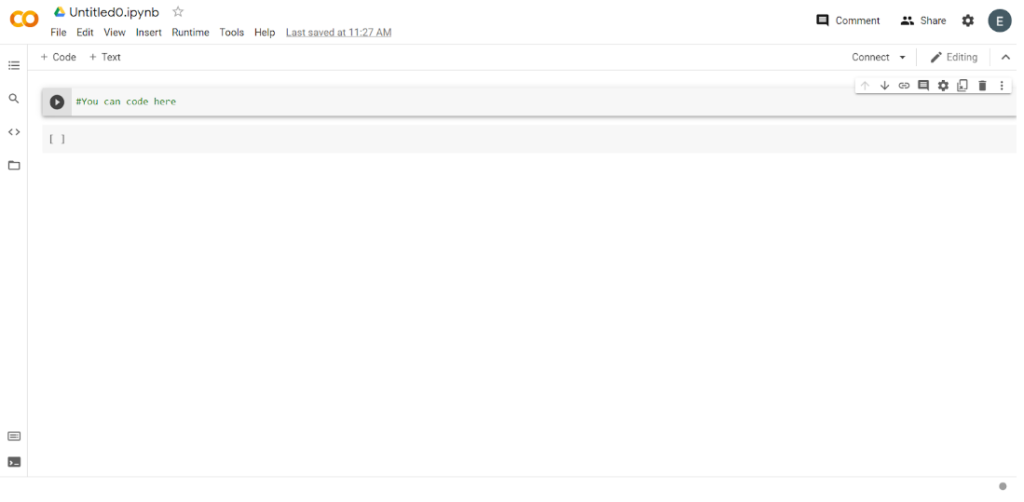
Github
Finally, just like Google Drive, GitHub helps all programmers and marketers who code save their code online. By offering a virtual repository, you can store your files on a remote server, extending their reach to all who have access, and leaving behind the need for a physical presence to get such data from one place. GitHub also promotes version control, which simply means that you will always have a backup in case something goes completely wrong, Github will be there to rescue you as long as you did not forget to git push all your files.
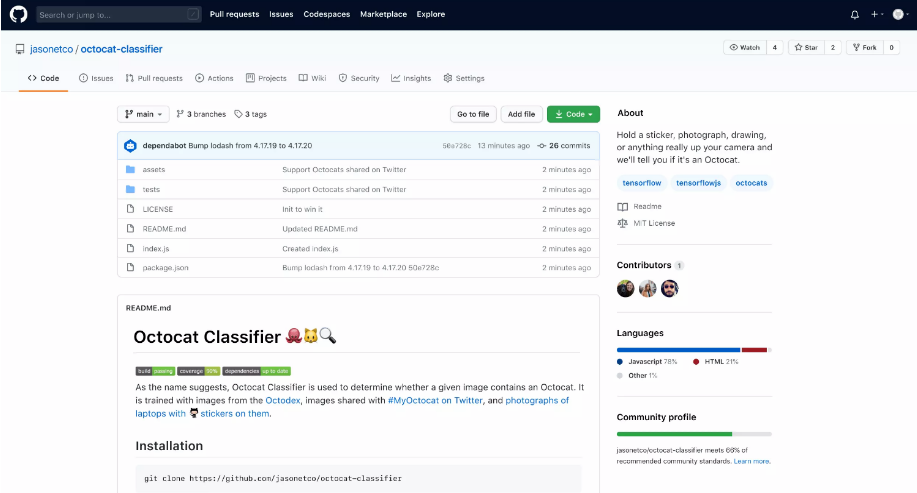
These data science tools may seem too simple to be used for marketing, but they are really powerful and are all the tools you need to get started on your data science journey. These tools are simple but effective and will 100% streamline your processes that may still be completed in Excel. Once you have these tools under your wing, you will take your marketing skills to the next level by being able to look at the full power of data through its insightful transformation and the creation of algorithms to uncover the insights hidden between the rows and columns.
If you know of any other tools in Python that should be added to this list, or if you would like another introduction to specific tools for R or Julia, let us know in the comments below. Get in touch with us for more guidance on your data science journey as a marketer.






